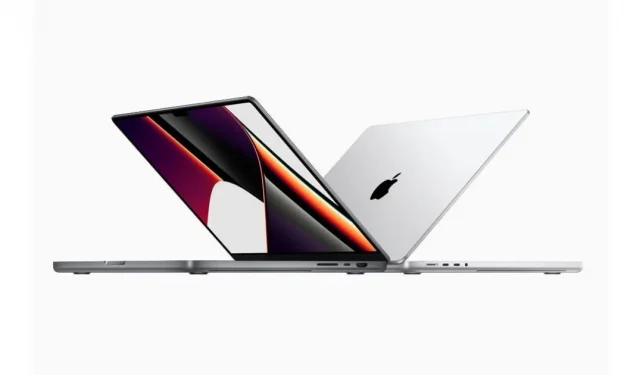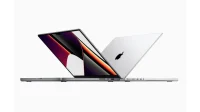Last month, Apple launched the new MacBook Pro in international markets. The new MacBooks are equipped with Apple’s most powerful chips, called the M1 Pro and M1 Max. The new chips bring significant claims to performance and efficiency. Along with this, Apple’s new laptops have also received a major makeover with the return of the SD card slot and HDMI port. Apple has also reduced the bezels around the display and made a notch. You might think that this notch also houses the Face ID setting, but this is not the case. Asked by the Wall Street Journal (via 9to5Mac), Apple executives explained their reasons for ditching Face ID on Macs.
Apple’s new MacBook Pro still supports Touch ID and the top right corner of the top case. Tom Boger, Apple’s vice president of product marketing for iPad and Mac, says Touch ID is “more convenient to use on a laptop because your hands are already on the keyboard.”While this answer (and logic) may be fair to some extent, one could argue that something like Face ID (or Windows Hello, for that matter) is even more convenient because the screen is also directly in front of the user’s face.
MacBook won’t get touch support anytime soon
The publication also asked Apple about the reason for the removal of touch screen support on the Mac. John Turnus, Apple’s senior vice president of hardware engineering, said the touchscreen Mac never crossed Apple’s mind. “We make the world’s best touch computer on the iPad. It is fully optimized for this. And the Mac is fully optimized for indirect input. We really had no reason to change that,” he said. So if you’re expecting one Mac machine with touchscreen support, you’re likely to be disappointed.
The executives also said that waterproof MacBooks are “not on the list of many”and that users are unlikely to be able to upgrade hardware after purchase due to the Mac’s unified memory architecture.


